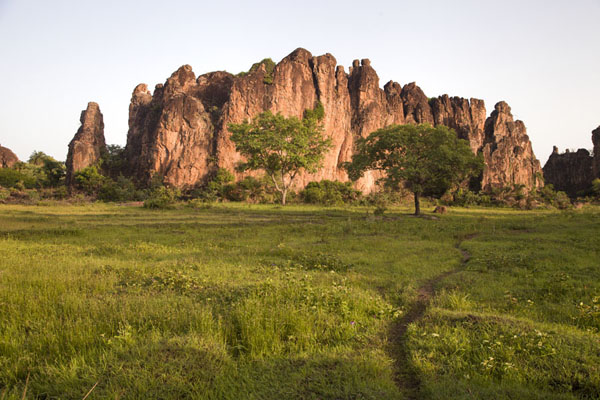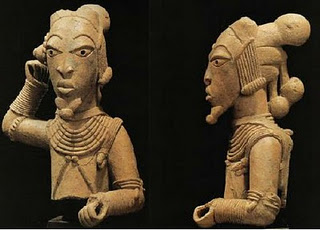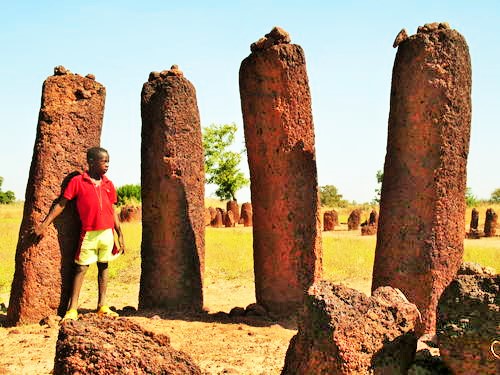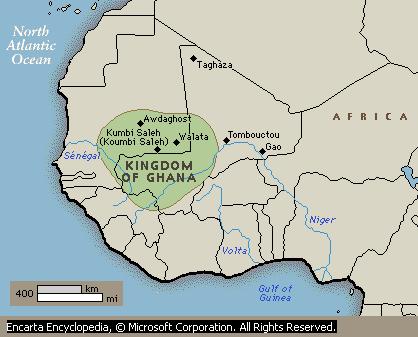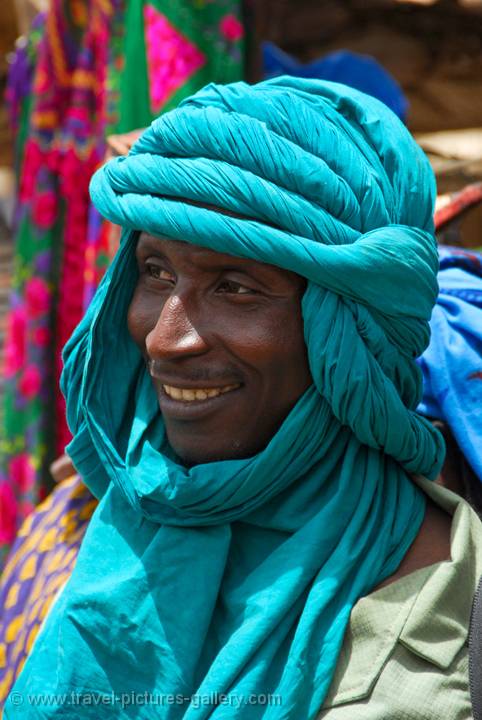The Odum of Ala Igbo
Hail Biafra!
Nubian Developments

(25th Dynasty Map. Meroe is located around the splitting of the Nile into its White and Blue parts near the bottom of the image)
- As previously discussed, Nubia was devoid of population 3,000 years ago. But within 250 years, the Kingdom of Kush sprang up at its capital at Napata. Taking advantage of Egyption internal conflict, the Kushytes conquered Kemet and installed the 25th Dynasty in 751 BCE. It lasted until an Assyrian invasion in 636 BCE. Kush survived, and lasted until the first centuries CE.
- Reconsolidation occurred around Meroe, south of Napata. Meroe had some advantages. It was farther south, meaning harder to invade from Egypt in the north. Its hinterland also had greater agricultural potential. Enough summer rain fell to increase production of sorghum at wadis. The Butana steppe between the Atbara and Nile rivers provided land for cattle grazing. The Red Sea was in easy reach, as well as the Ethiopian highlands where Aksum was.

(25th Dynasty Map. Meroe is located around the splitting of the Nile into its White and Blue parts near the bottom of the image)
- Around this time, the camel was also introduced into Africa. Ancient Kemetian sources about animals were silent about the camel despite Babylonians knowledge about it. Thos attitudes changed in the first century CE. The Nubians may have used camels before the Egyptians as well as the Beja.
- Meroe is regarded as a center for iron-smelting and perhaps its spread into southern Africa (I think it's unlikely because of the differing techniques between say the Nok and the Nubians). There are many slag heaps around the city site because of its productivity. Meroitic craft specialization was also unique. Pottery, jewelery, woodworkers and smiths of all kinds were known in Meroe. Also cotton was grown here, well before it appeared in Egypt. Finished cloth was a major export.
- The Ptolemies began to repopulation Lower Nubia. Nubia also took this up and re-populated southern Lower Nubia. Gold and emeralds in the eastern desert began to be exploited, but Lower Nubia largely depended on agriculture. Soon, Lower Nubia had a larger population than Upper Nubia - again.
- Decline soon set in. Egypt's declining prosperity hurt Mediterrenean trade. Aksum also launched an invasion into Upper Nubia in 350 CE to control commodities like gold, oils, fragrances, access to the Red Sea and peoples who could be enslaved. Nomadic incursions by the Beja hurt too. Rome moved its settlers away from the nomadic raiders, north of the First Cataract out of fear.
- When Meroe collapsed, it changed Nubia in many ways. Their language disappeared and it was replaced by modern Nubian languages (of Nilo-Saharan rather than Afro-Asiatic origins - probably from modern day Dar Fur). Peoples like the Nobatae and the Noba took advantage of the chaos.











